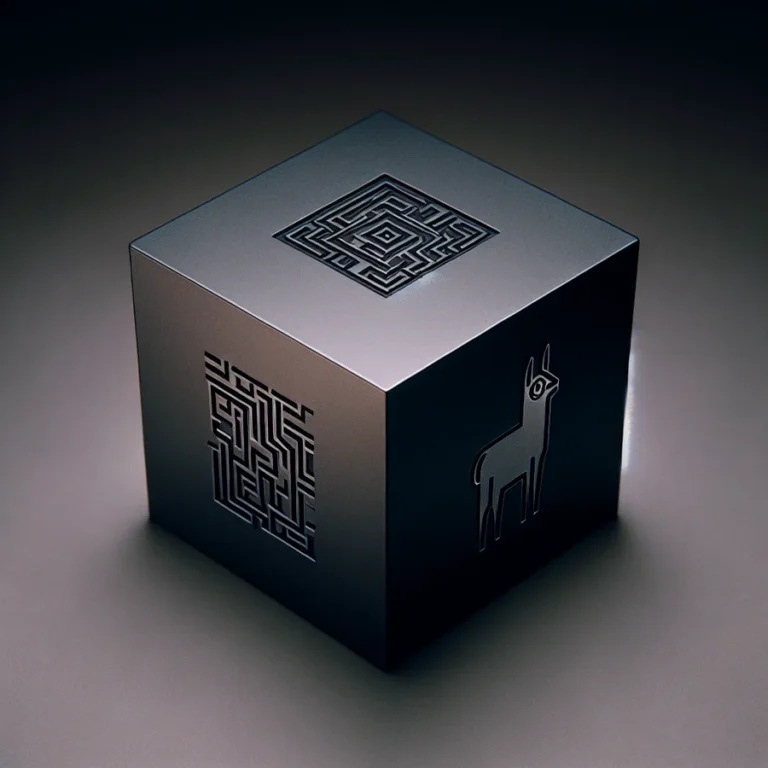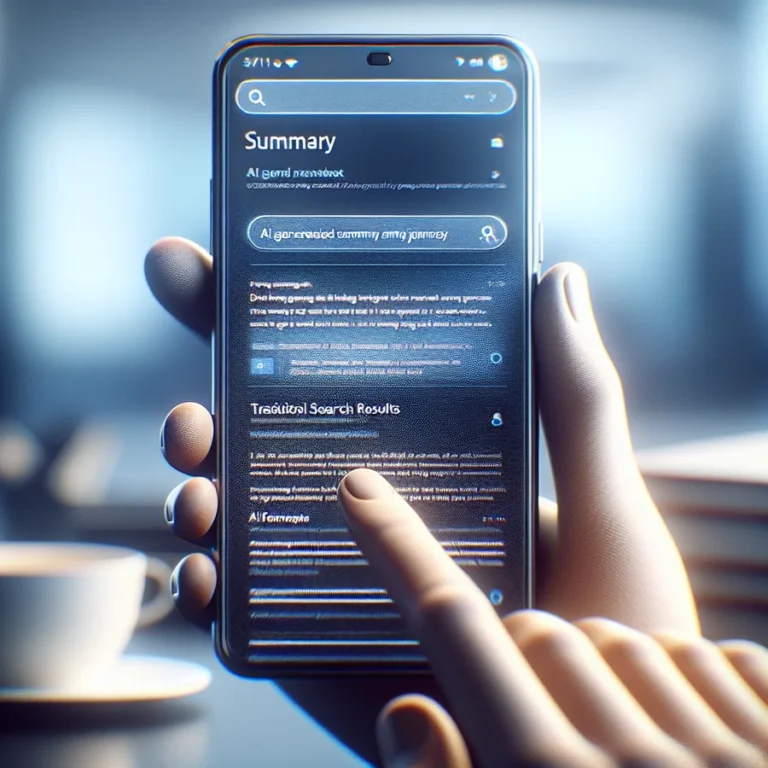DeepSeek AI vs Grok: Which AI Assistant Reigns Supreme?
Choosing the right AI assistant can feel overwhelming. DeepSeek AI and Grok are two powerful contenders. This guide breaks down their strengths, weaknesses, and ideal use cases. We’ll help you decide which AI best fits your needs.
We’ll explore their capabilities in coding, reasoning, writing, and more. You’ll also learn about their pricing, open-source availability, and unique features. Let’s dive into the DeepSeek AI vs Grok comparison!
What are DeepSeek AI and Grok?
Let’s get to know these AI assistants a bit better.
DeepSeek AI: The Efficient Open-Source Challenger
DeepSeek AI is developed by a Chinese startup. It gained recognition for its cost-effective AI models. DeepSeek presents a challenge to Western dominance in the AI field.
DeepSeek AI offers models like V3 and R1. These models are known for their efficiency and performance. DeepSeek AI has become popular across government and corporate sectors, especially in China.
DeepSeek AI is designed for advanced chain-of-thought processing. It excels in multi-step reasoning tasks. Its strengths are particularly evident in STEM fields like mathematics and coding.
Grok: The Rebellious Real-Time Data Integrator
Grok is developed by xAI, founded by Elon Musk. It’s designed to integrate seamlessly with the X platform (formerly Twitter). Grok offers real-time data access and advanced reasoning capabilities.
Grok aims to provide rapid and accurate responses. It emphasizes high computational power to achieve this.
Grok stands out with its conversational AI and “rebellious” streak. It can provide photorealistic images and engage in banter. Grok offers a unique approach to AI interaction.
DeepSeek AI vs Grok: Key Differences
Now, let’s compare these AI models directly.
Model Overview: Features at a Glance
Here’s a table summarizing the key features of Grok-2 and DeepSeek-V3:
| Feature | Grok-2 | DeepSeek-V3 |
|---|---|---|
| Input Context Window | 128K tokens | 128K tokens |
| Maximum Output Tokens | 128K tokens | 8K tokens |
| Open Source | No | Yes |
| Image Processing | Yes | No |
| Release Date | August 13, 2024 | December 27, 2024 |
| API Providers | xAI | DeepSeek, HuggingFace |
Note: Both models support a large context window of 128K tokens. DeepSeek-V3 is open source, while Grok-2 is not. Grok-2 supports image processing, a feature not available in DeepSeek-V3.
Pricing Comparison: Which is More Cost-Effective?
Cost is a crucial factor when choosing an AI model. Let’s compare the pricing of Grok and DeepSeek.
Here’s a breakdown of the token costs:
| Price Type | Grok-2 | DeepSeek-V3 |
|---|---|---|
| Input Cost | $5.00 per million tokens | $0.14 per million tokens |
| Output Cost | $15.00 per million tokens | $0.28 per million tokens |
Reminder: DeepSeek-V3 is significantly cheaper than Grok-2. It’s roughly 47.6x cheaper for both input and output tokens.
Performance Benchmarks: How Do They Stack Up?
Let’s examine how these models perform on various benchmarks.
Here’s a comparison of their performance metrics:
| Benchmark | Grok-2 | DeepSeek-V3 |
|---|---|---|
| MMLU | 87.5% (0-shot CoT) | 88.5% (EM) |
| MMLU-Pro | 75.5% (0-shot CoT) | 75.9% (EM) |
| MMMU | 66.1% (0-shot CoT) | Not available |
| HellaSwag | Not available | 88.9% (10-shot) |
| HumanEval | 88.4% (pass@1) | 82.6% (pass@1) |
| MATH | 76.1% (maj@1) | 61.6% (4-shot) |
| GPQA | Not available | 59.1% (pass@1) |
| IFEval | Not available | 86.1% (Prompt Strict) |
Note: Grok-2 and DeepSeek-V3 show comparable performance on MMLU and MMLU-Pro. Grok-2 has a score for MMMU, while DeepSeek-V3 does not. DeepSeek-V3 has scores for HellaSwag, GPQA, and IFEval, which are not available for Grok-2.
Strengths and Weaknesses: A Deeper Dive
Let’s explore the specific strengths and weaknesses of each AI model.
DeepSeek AI: Strengths and Weaknesses
Strengths:
- Cost-Effective: DeepSeek AI offers competitive performance at a lower cost.
- Open Source: Its open-source nature allows for customization and community contributions.
- Efficient Training: DeepSeek AI achieves high performance with efficient resource utilization.
- Reasoning and Math: Excels in reasoning and mathematical problem-solving.
Weaknesses:
- Limited Versatility: Not as versatile as ChatGPT for general-purpose tasks.
- Complex Integration: May require more effort to integrate into existing workflows.
- Niche Use Cases: Strengths are best utilized in specific industries.
- Lacks Real-Time Data: Does not have real-time data processing capabilities.
Grok: Strengths and Weaknesses
Strengths:
- Real-Time Data Access: Integrates with the X platform for live data.
- Advanced Reasoning: Designed for high-performance tasks and complex logic.
- Unique Personality: Offers a conversational AI with a “rebellious” streak.
- Image Generation: Capable of generating photorealistic images.
Weaknesses:
- Limited Community Support: Smaller developer community compared to ChatGPT.
- Steeper Learning Curve: Requires more expertise to fine-tune and integrate.
- Cost: Can be more expensive, making it less accessible.
- Not Open Source: Does not offer the flexibility of an open-source model.
Use Cases: Where Do They Shine?
Understanding the ideal use cases can help you make the right choice.
DeepSeek AI: Ideal Use Cases
DeepSeek AI is well-suited for:
- Coding and Software Development: Advanced code generation and debugging.
- Academic Research: Solving math and physics problems.
- Data Analysis: Interpreting trends and generating reports.
- Legal Analysis: Processing legal documents and simplifying guidelines.
Grok: Ideal Use Cases
Grok is a great fit for:
- Real-Time Data Interaction: Monitoring news and social trends.
- Financial Market Analysis: Tracking stock movements and cryptocurrency trends.
- Content Creation: Drafting social media content and summarizing news.
- Customer Support: Engaging in interactive, customer-facing applications.
Real-World Examples: Seeing Them in Action
Let’s look at some examples of how these AIs are being used.
DeepSeek AI in Action
Tiger Brokers, a Chinese online brokerage, integrated DeepSeek R1 into its AI assistant, TigerGPT. This enhances market analysis and trading decisions. It demonstrates how businesses use AI for data-driven decision-making.
A data scientist uses DeepSeek R1 to analyze statistical models. They fine-tune algorithms for predictive analysis. A university professor applies DeepSeek R1 to solve complex calculus problems.
Grok in Action
A journalist uses Grok to summarize breaking news. They analyze trending topics on X. A trader integrates Grok into a financial dashboard. This provides live market sentiment analysis.
A social media manager uses Grok to draft engaging tweets. They base it on current trends. Grok can be deployed in social media customer interaction bots. It provides instant, relevant responses.
How to Choose: Which AI is Right for You?
Here’s a guide to help you decide.
Choose DeepSeek AI if:
- You need an open-source AI with full control.
- You want strong performance in coding and reasoning.
- You’re looking for a cost-effective alternative to paid models.
Choose Grok if:
- You need real-time data and social insights.
- You want advanced reasoning features.
- You prefer a fully hosted solution.
The Future of AI: What’s Next?
The AI landscape is constantly evolving. Expect to see more advancements in reasoning, multimodality, and real-time data integration. Both DeepSeek AI and Grok will likely continue to improve and expand their capabilities.
Keep an eye on new models and features. Stay informed about the latest developments in the AI field. This will help you make the best choices for your needs.
Conclusion: DeepSeek AI vs Grok – The Verdict
DeepSeek AI and Grok are both powerful AI assistants. DeepSeek AI excels in cost-effectiveness and open-source flexibility. Grok shines with real-time data access and a unique personality.
Your choice depends on your specific needs and priorities. Consider your budget, technical expertise, and desired features. By carefully evaluating these factors, you can select the AI that will best empower your work and innovation.
FAQs
What are the key differences between Grok-2 and DeepSeek-V3?
Grok-2 is a proprietary model with image processing capabilities, while DeepSeek-V3 is an open-source model focused on efficient performance. DeepSeek-V3 is also significantly cheaper in terms of token costs.
When were Grok-2 and DeepSeek-V3 released?
Grok-2 was released on August 13, 2024, and DeepSeek-V3 was released on December 27, 2024.
How does Grok-2’s context window compare to DeepSeek-V3’s?
Both Grok-2 and DeepSeek-V3 support an input context window of 128K tokens.
How do Grok-2 and DeepSeek-V3’s prices compare?
DeepSeek-V3 is roughly 47.6x cheaper than Grok-2 for both input and output tokens.
Is Grok-2 or DeepSeek-V3 open source?
DeepSeek-V3 is open source, while Grok-2 is not.
What is the maximum output length of Grok-2 compared to DeepSeek-V3?
Grok-2 has a maximum output length of 128K tokens, while DeepSeek-V3 has a maximum output length of 8K tokens.
Which providers offer Grok-2 and DeepSeek-V3?
Grok-2 is offered by xAI, while DeepSeek-V3 is offered by DeepSeek and HuggingFace.
How do Grok-2 and DeepSeek-V3 compare on the MMLU benchmark?
Grok-2 scores 87.5% (0-shot CoT) on the MMLU benchmark, while DeepSeek-V3 scores 88.5% (EM).
How do Grok-2 and DeepSeek-V3 compare on the HumanEval benchmark?
Grok-2 scores 88.4% (pass@1) on the HumanEval benchmark, while DeepSeek-V3 scores 82.6% (pass@1).






